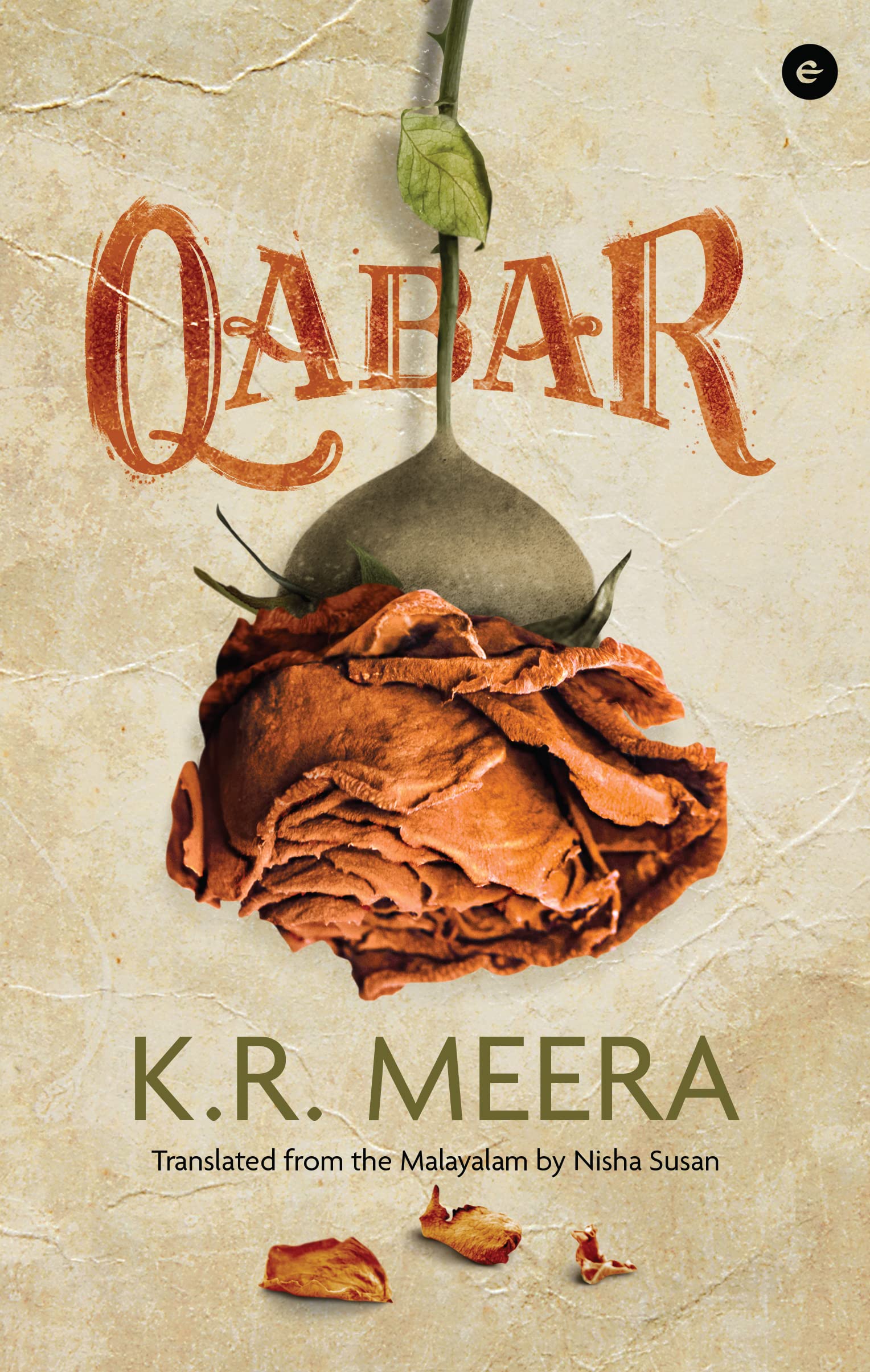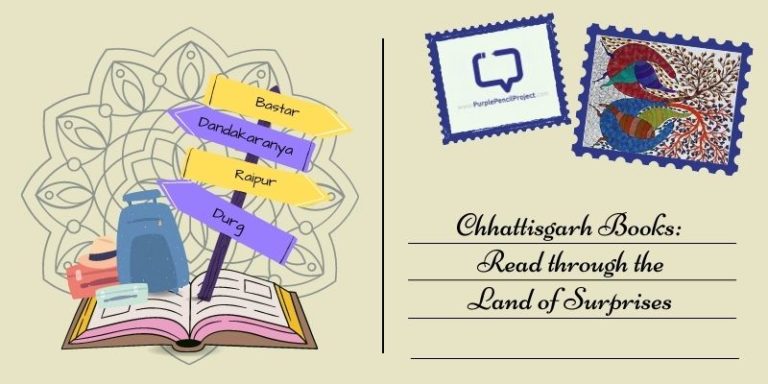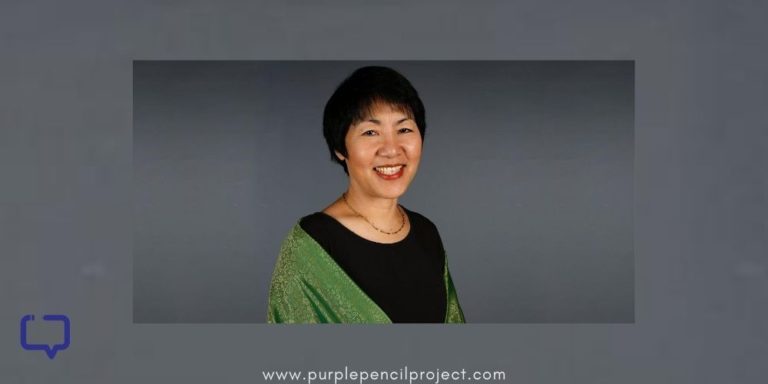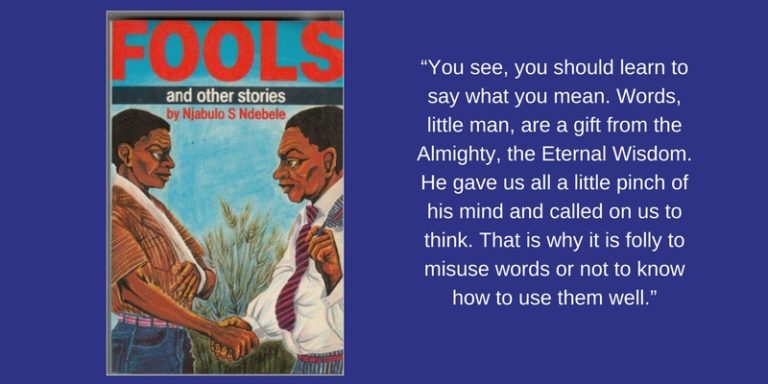Qabar by K.R. Meera is a social commentary on religious polarisation and has to be read between the lines.
Originally written in Malayalam, Qabar by K.R. Meera is translated to English by Nisha Susan. It is an intricate narrative of voices incorporating feminist perspective, bigotry, and religious tolerance and faith.
The amalgamation of mystic and real-life incidents
Qabar cannot be summarized as such but by telling the experiences of the character the story can be told. The narrative unfolds through the eyes of Bhavana Satchidanandan, an additional district judge, who navigates life with her son Advaith, who happens to have ADHD. Pramod, Bhavana’s husband has a narcissistic personality disorder and so time and again blames her for his callousness. They get separated after seven years of marriage. As a district judge, she encounters a case of Kaakkasseri Khayaddin Thangal who wants judicial intervention to prevent the distraction of the site where a qabar (grave) resides.
We encourage you to buy books from a local bookstore. If that is not possible, please use the links on the page and support us. Thank you.
As the site has the relics of his ancestors who have been to Mecca ages ago it becomes important to his sentiments. While meeting the Thangal for the first time, Bhavana faints in the courtroom, and then she realizes that the plaintiff has the power to hypnotise and has learned sorcery. Towards the end of the story, Thangal and Bhavana develop romantic affection for each other. The complex love throws light on the relationship she had with Pramod.
On the other hand, Amma, Bhavana’s mother breaks a long marriage after her husband refuses to take a dog in. The rejection that is portrayed is not about the animal but of the lost voice in the marital relationship. The history of the ancestors of the land is narrated through Bhavana’s father and is vividly captured by describing Yogishwaran Ammavan.
Yogishwaran Ammavan returns from Kashi after five years with two young girls, the unnatural powers they hold make it impossible for the people to kill him. But the elder girl is nailed to the yakshi pala tree and the younger one is stuck under the copper cauldron eight hundred miles away. Towards, the end we see all the mystic characters and real-life characters merging into one.
Discover more works by K.R. Meena in our article Valentine’s Special: Love stories with a twist.
Qabar: No room for sentiments in government intervention
In a conversation with Thangal, we understand that historical sites are not only for documentation but sentiments that the family holds with them. In the following except, Bhavana understands and probes into the situation and thinks of an alternative solution. The back-and-forth conversation is:
‘What if it’s rejected? What will you do?’
‘Go to the higher court.’
‘Before that, make sure that some newspaper prints that a qabar that goes back to 8 AD has been found on the Kaakkaseri estate,’ I said.
‘And then?’
‘Give a letter to the archaeological department that you have found this qabar.’
‘And then?’
‘Then nothing. You can relax because they will take over the qabar and the land it sits on.’ …
‘…I sprung and grew from the root. That’s why it is significant to future generations too. It’s not about religion, it’s about family. Any kind of publicity will bring on the believers. I don’t want that.’
Justice and law make no room for sentiment and rather ask for documentation and records. The anchor of justice is based only on the proofs that depict the vulnerability state of it. Bhavana’s understanding can also be recounted to her straightforward questioning in the initial stages while probing the case. The questions only seek ‘yes or no’ answers, but can the sentiments ever be boxed up at all? But in the end, who lies under the grave is indistinguishable and showcases the groundless debate in Indian history on religious grounds.
Qabar has many narratives running parallel but as the characters are fewer, it can be read without any confusion. Some of these narratives are mythological, imaginary, and real yet they blend flawlessly adding layers one on the other. The novella cannot be confined to one genre as it talks about patriarchy, feminism, religious intolerance, and misogynistic beliefs.
It is definitely a novella that has to be read between the lines than what is written. The characters are portrayed to hook the reader and some are elusive. If you looking for a quick yet intense reading, you can pick this one. The novella is a must-read.
Have you read this social commentary on religious polarization? What do you think of it? Drop a comment below and let us know!























